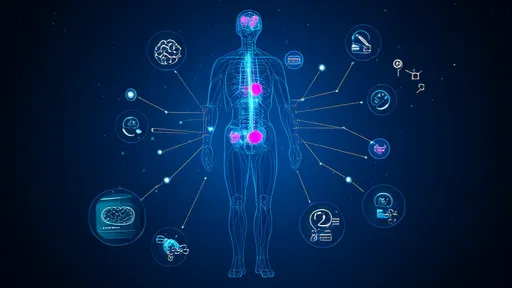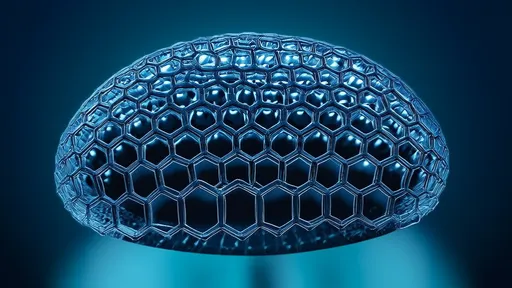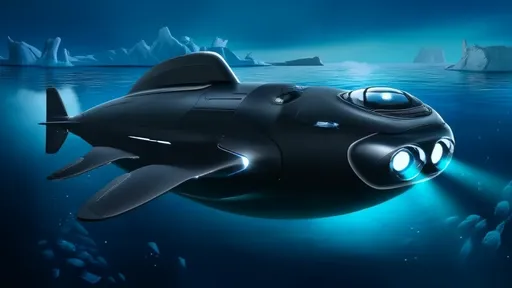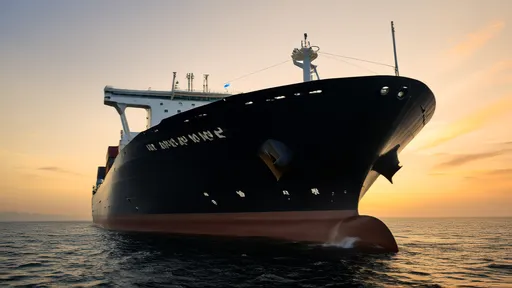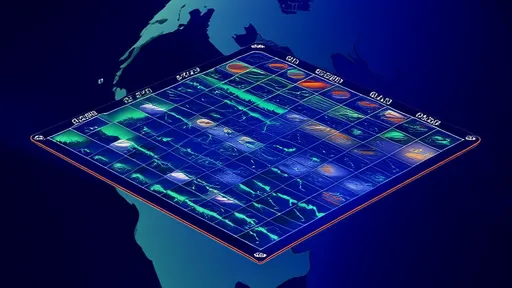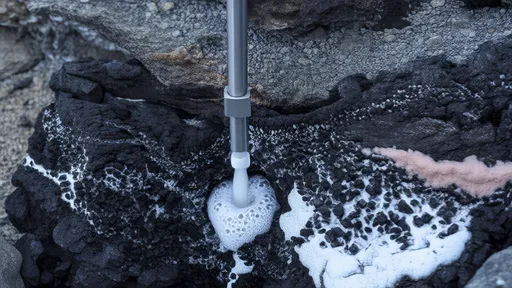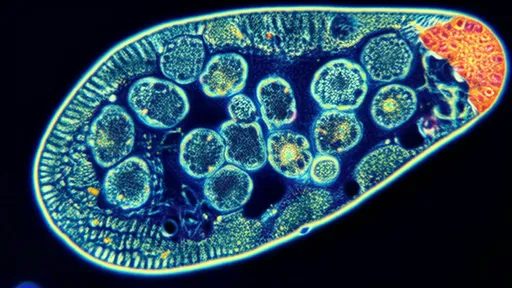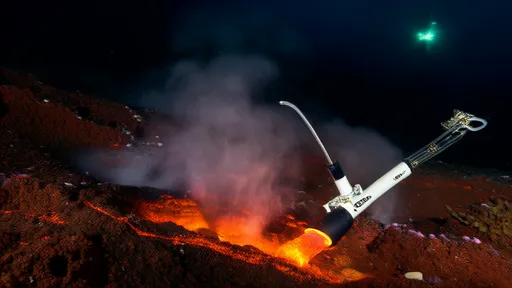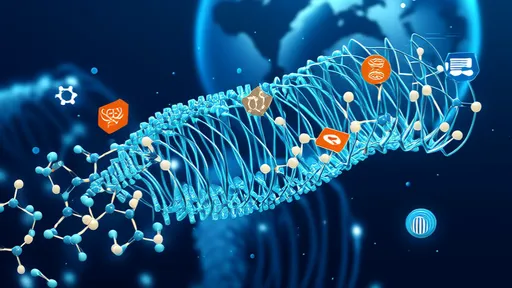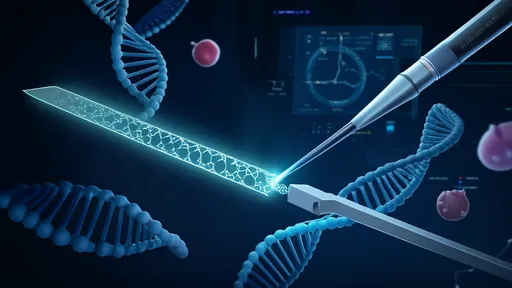The shipping industry has long been plagued by the enormous fuel costs
associated with vessel operation. With global trade relying heavily on
maritime transport, even minor improvements in fuel efficiency can
translate into significant financial and environmental benefits. One
of the most promising innovations in this field is the application of
shark-inspired micro-riblet coatings on cargo ships—a technology that
reduces hydrodynamic drag and slashes fuel consumption.
Sharks, as apex predators of the ocean, have evolved over millions of
years to move through water with minimal resistance. Their skin is
covered with tiny, tooth-like structures called dermal denticles,
which are arranged in a pattern that disrupts turbulent flow along
their bodies. Engineers and marine biologists have studied this
phenomenon, leading to the development of synthetic riblet films that
mimic this natural design. When applied to the hulls of cargo ships,
these micro-grooved surfaces can reduce drag by as much as 5-10%, a
seemingly modest figure that nonetheless yields massive savings over
time.
The science behind riblet technology is rooted in fluid dynamics. As
water flows over a smooth surface, it creates turbulence, increasing
drag and forcing ships to expend more energy to maintain speed.
Riblets work by altering the boundary layer of water molecules closest
to the hull. The microscopic grooves channel the flow in a way that
reduces eddies and vortices, effectively smoothing the passage of the
vessel through the water. This principle has been tested extensively
in wind tunnels and water tanks before being adapted for commercial
shipping.
Several major shipping companies have already begun retrofitting their
fleets with riblet coatings. One notable case involved a Panamax
container ship that underwent a full hull application of riblet film
during dry docking. Over the course of a year, the vessel reported an
8% reduction in fuel consumption, amounting to savings of nearly
$400,000 annually. Given that fuel accounts for roughly half of a
ship’s operating costs, the return on investment for such
modifications is compelling. The coating itself, typically made from
durable polymers or advanced composites, can last for several years
before requiring replacement.
Beyond economic advantages, the environmental impact of riblet
technology cannot be overstated. The International Maritime
Organization (IMO) has set ambitious targets to cut greenhouse gas
emissions from shipping by at least 50% by 2050. Since drag reduction
directly correlates with lower fuel burn, widespread adoption of
shark-skin coatings could play a pivotal role in meeting these goals.
Fewer emissions mean not only reduced carbon footprints but also
decreased output of sulfur oxides and particulate matter, which are
harmful to marine ecosystems and human health.
Despite its promise, the technology is not without challenges.
Applying riblet films to large vessels is a labor-intensive process
that demands precision. The grooves must be aligned perfectly with the
direction of water flow to function effectively, and any damage or
fouling from marine organisms can diminish their performance.
Researchers are now exploring self-cleaning and anti-fouling variants
of riblet coatings to address these issues. Additionally, some
skeptics argue that the gains from riblets may be offset by the costs
of application and maintenance, though long-term data suggests
otherwise.
Looking ahead, the integration of riblet technology with other
fuel-saving measures—such as air lubrication systems or advanced
propeller designs—could further enhance efficiency. As computational
modeling and material science continue to advance, future iterations
of these coatings may offer even greater drag reduction. What began as
an observation of nature’s ingenuity has now evolved into a
transformative tool for sustainable shipping. The oceans’ most
efficient swimmers have, quite literally, shown the way forward.
